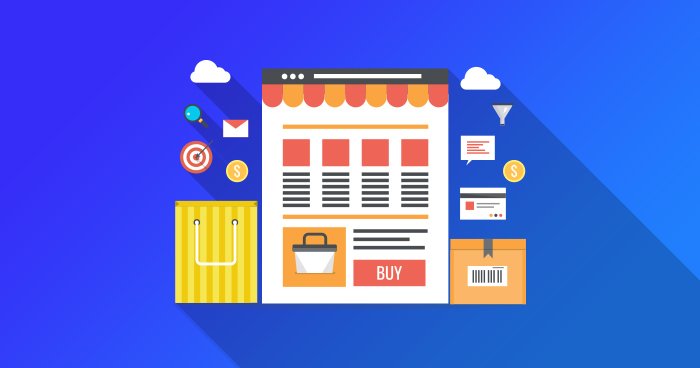
In the ever-evolving landscape of eCommerce, data reigns supreme. Understanding your customers, their preferences, and their behaviors is crucial for success in today’s competitive market. Customer Data Platforms (CDPs) have emerged as a powerful solution to centralize, analyze, and utilize customer data effectively. However, with a plethora of options available, selecting the right CDP for your eCommerce business can be daunting. Here’s a comprehensive guide to help you navigate through the process and choose the perfect CDP to drive growth and enhance customer experiences.
- Define Your Objectives: Before diving into the sea of CDPs, it’s essential to outline your specific business objectives and goals. What are you aiming to achieve with a CDP? Are you looking to improve customer segmentation, personalize marketing campaigns, optimize product recommendations, or enhance overall customer experiences? Having a clear understanding of your priorities will guide you in selecting a CDP that aligns with your strategic goals.
- Assess Your Data Needs: Evaluate the types and sources of data that are critical for your eCommerce operations. This includes transactional data, website interactions, email engagement, social media interactions, customer demographics, and more. Determine whether the CDP can handle both structured and unstructured data and integrate seamlessly with your existing data sources, such as CRM systems, POS systems, and marketing automation platforms.
- Scalability and Flexibility: As your eCommerce business grows, so will your data volume and complexity. Choose a CDP that offers scalability to accommodate your expanding data requirements without compromising performance. Additionally, look for a platform that is flexible and customizable to adapt to your evolving business needs and changing market dynamics.
- Data Unification and Integration Capabilities: Central to the functionality of a CDP is its ability to unify customer data from disparate sources into a single, comprehensive view. Ensure that the CDP you select can effectively consolidate data from various touchpoints and channels, including online and offline interactions. Seamless integration with third-party applications and APIs is also crucial for enabling data flow across your tech stack.
- Advanced Analytics and Insights: Beyond data aggregation, a robust CDP should offer advanced analytics capabilities to derive meaningful insights from the collected data. Look for features such as predictive analytics, customer segmentation, cohort analysis, and propensity modeling to gain deeper understanding and predictive power over customer behaviors and preferences. These insights will empower you to personalize marketing initiatives and optimize customer journeys effectively.
- Real-time Personalization and Orchestration: In today’s fast-paced digital environment, real-time personalization is paramount for delivering relevant and engaging experiences to your customers. Choose a CDP that enables dynamic content creation, real-time segmentation, and automated campaign orchestration across multiple channels, including email, web, mobile, and social media. The ability to trigger personalized interactions based on user actions and preferences can significantly enhance customer engagement and drive conversions.
- Compliance and Security: With increasing data privacy regulations such as GDPR and CCPA, compliance and security should be top priorities when selecting a CDP. Ensure that the platform adheres to industry standards for data protection and privacy, with robust security measures in place to safeguard sensitive customer information. Additionally, consider features such as consent management and data governance tools to maintain compliance with regulatory requirements.
- User Experience and Support: Finally, consider the user experience and support provided by the CDP vendor. A user-friendly interface and intuitive workflow will streamline adoption and usage across your organization. Look for vendors that offer comprehensive training, documentation, and responsive customer support to assist you in maximizing the value of the platform.
Choosing the right Customer Data Platform is a strategic decision that can have a significant impact on the success of your eCommerce business. By carefully evaluating your objectives, data needs, scalability, integration capabilities, analytics features, personalization capabilities, compliance measures, and support options, you can select a CDP that not only meets your current requirements but also positions you for future growth and innovation in the dynamic world of eCommerce.






